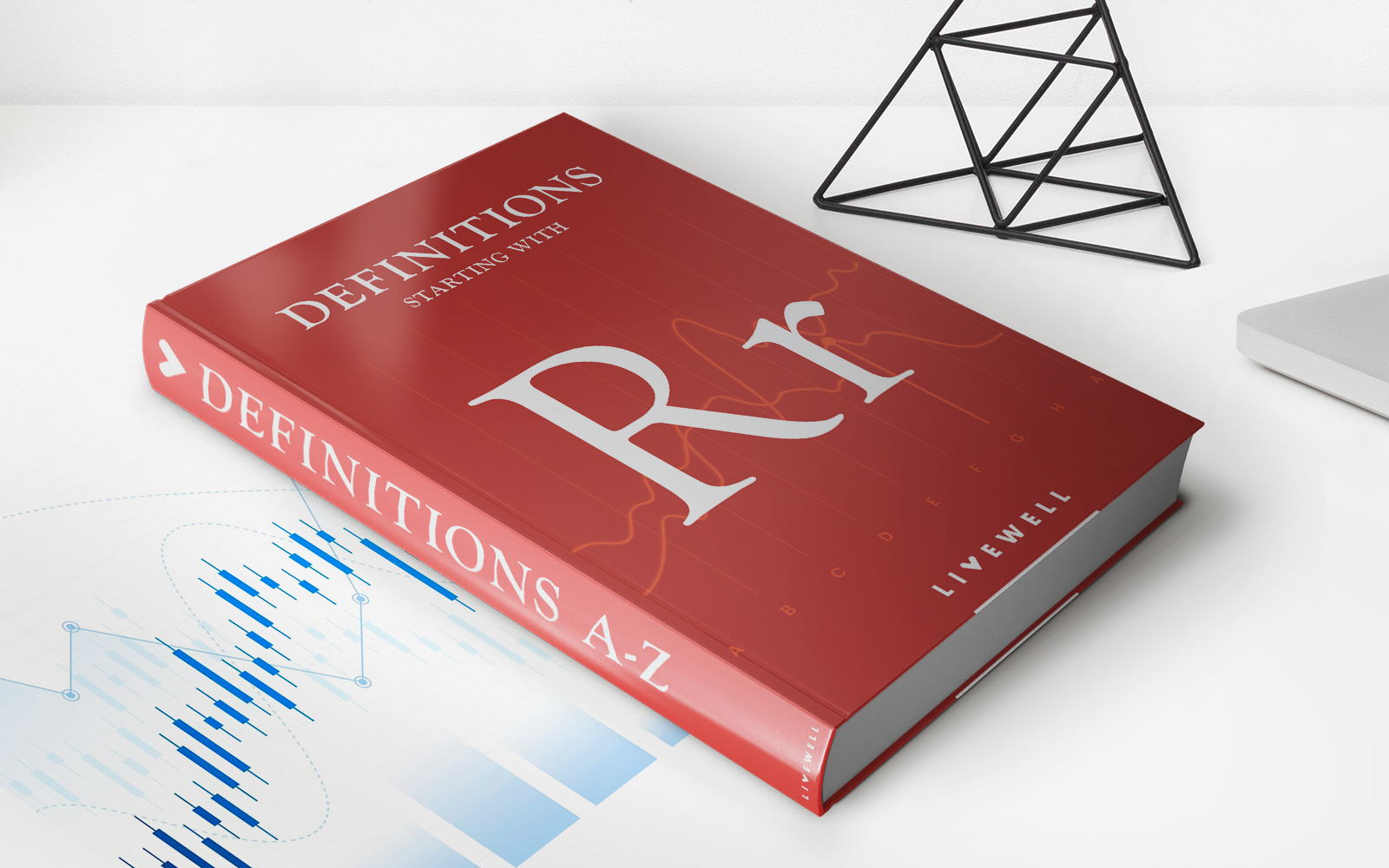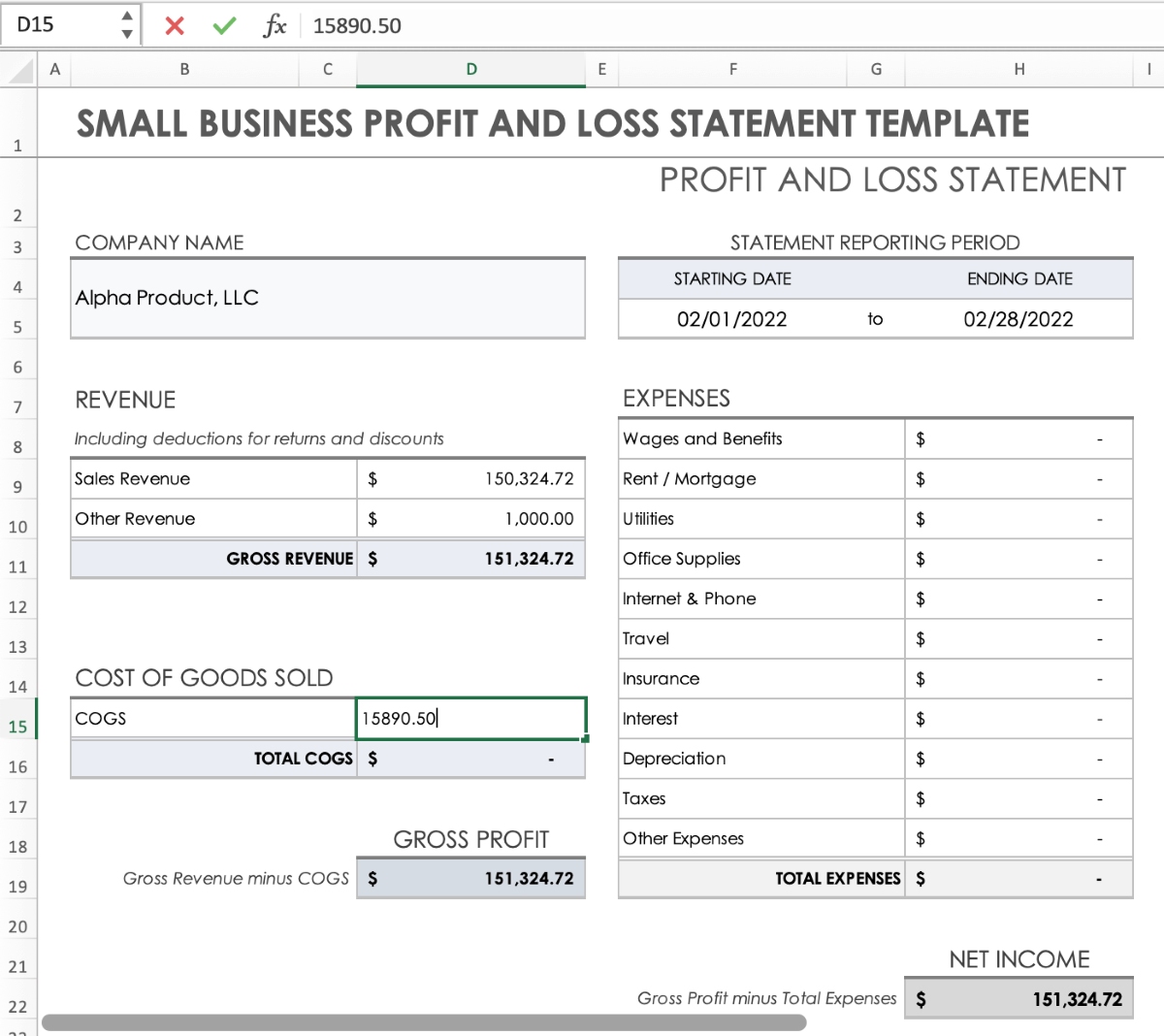Home>Finance>Descending Channel: Definition And Trading Strategies


Finance
Descending Channel: Definition And Trading Strategies
Published: November 11, 2023
Learn about the definition and trading strategies of a descending channel in finance. Discover how to navigate this pattern for profitable investments.
(Many of the links in this article redirect to a specific reviewed product. Your purchase of these products through affiliate links helps to generate commission for LiveWell, at no extra cost. Learn more)
What is a Descending Channel?
A descending channel is a technical pattern in financial markets that occurs when the price of an asset is trending downwards between two parallel lines. This pattern is formed when there is a consistent pattern of lower highs and lower lows, creating a downward sloping channel.
Key Takeaways:
- A descending channel is a technical pattern formed by connecting a series of lower highs and lower lows.
- This pattern is formed by drawing two parallel trendlines, which contain the price movement within the channel.
A descending channel is formed by drawing a trendline connecting the lower highs and another trendline connecting the lower lows. These parallel lines act as a channel, containing the price movement within its boundaries. Traders use this pattern to identify potential trading opportunities and make informed decisions about buying or selling.
Trading Strategies for Descending Channels
Now that we understand what a descending channel is, let’s explore some trading strategies that traders can employ when encountering this pattern:
- Shorting the Highs, Covering at the Lows: One common strategy used when trading within a descending channel is to short sell or sell at the upper trendline (highs) and cover or buy back at the lower trendline (lows). Traders use this strategy to take advantage of the downward price trend within the channel.
- Breakout Trading: Another strategy is to trade the breakout of the descending channel. Traders wait for the price to break out of the channel, indicating a potential trend reversal. This can be a bullish signal, indicating that the downtrend may be coming to an end. Traders can then enter a long position to potentially profit from the upward price movement.
Remember, trading involves risk and there are no guarantees of profitability. It is important to conduct thorough research, practice proper risk management, and use technical indicators or other supporting tools to increase the probability of successful trades.
In Conclusion
Descending channels are a popular technical pattern used by traders to identify potential trading opportunities in the financial markets. By understanding how to recognize and interpret this pattern, traders can develop effective trading strategies to potentially profit from the price movements within descending channels. However, it is important to note that trading involves risk, and careful analysis and risk management are essential for successful trading.














